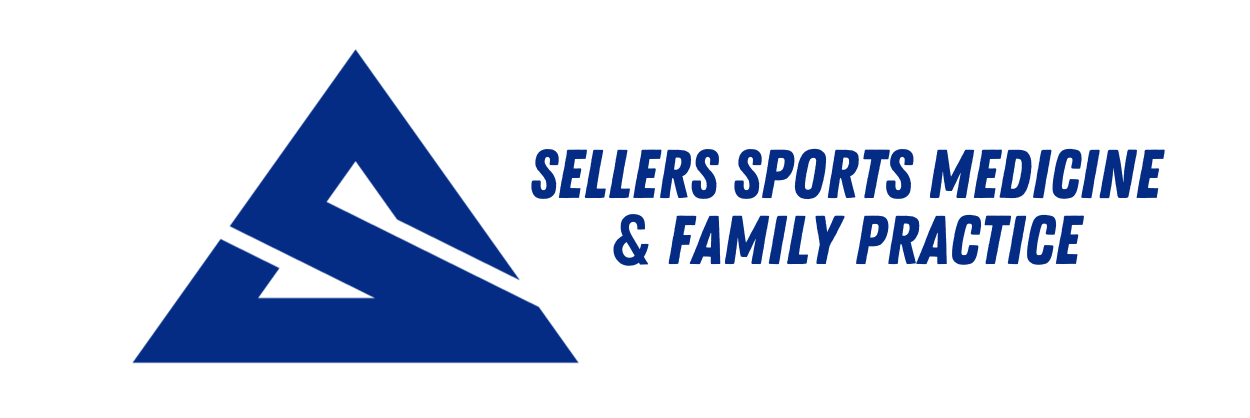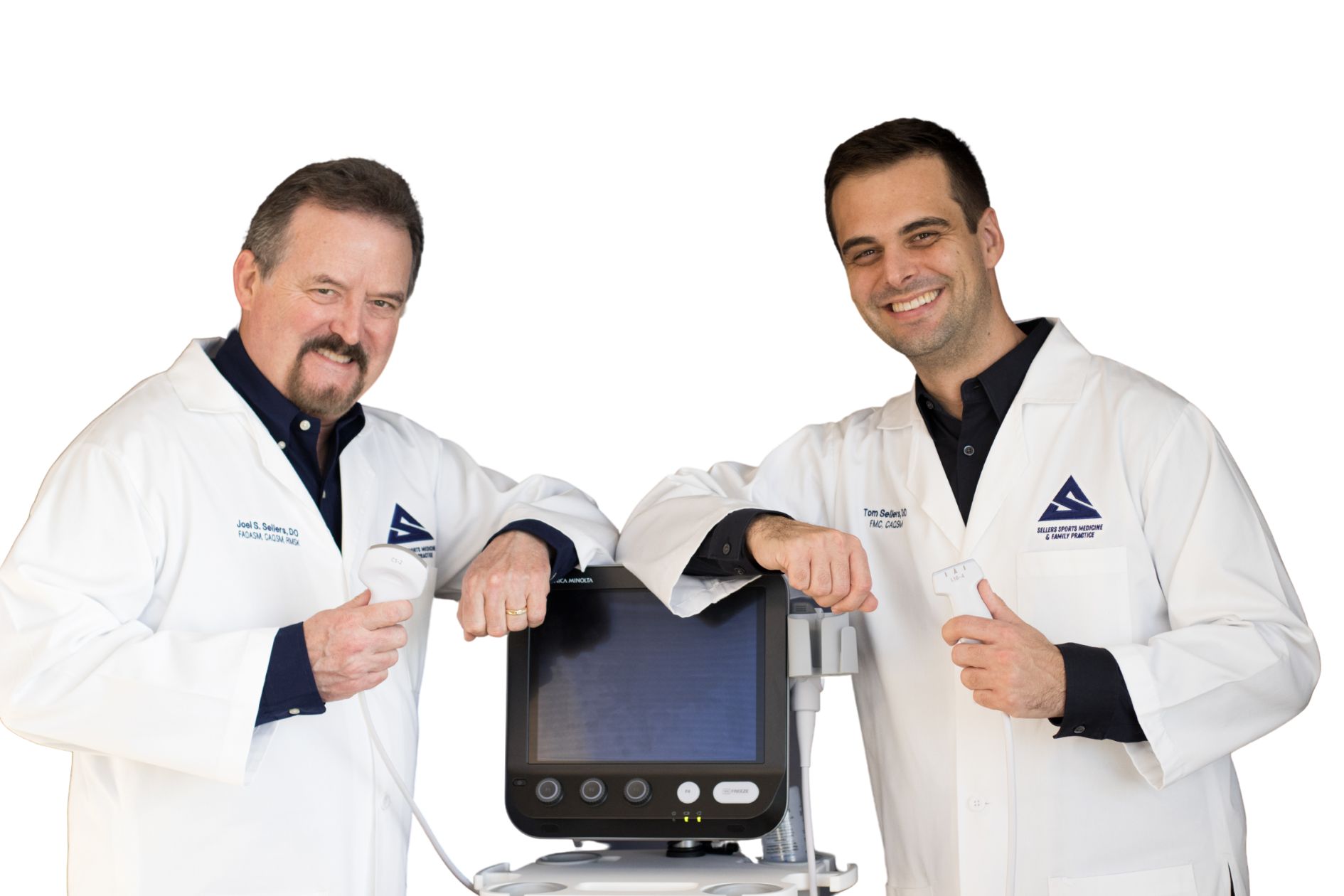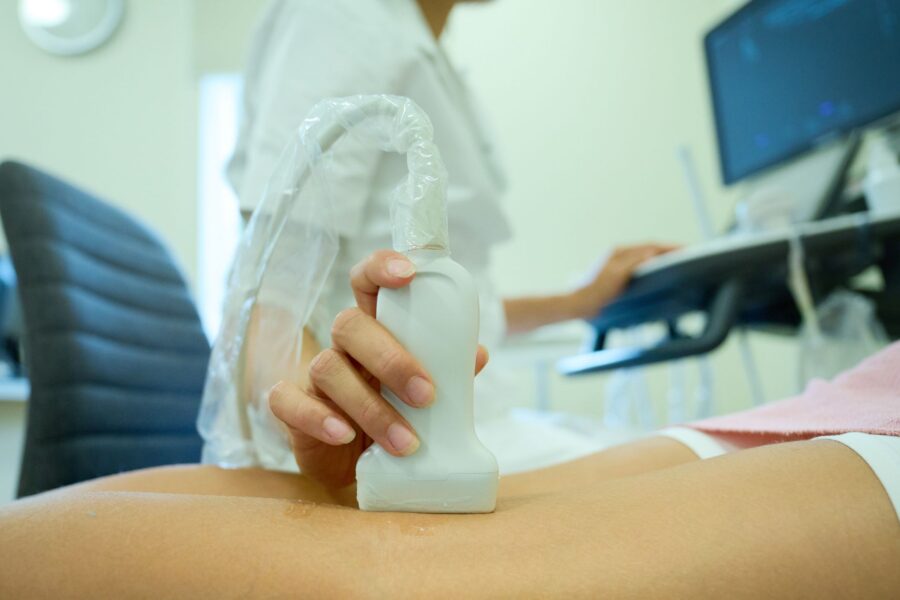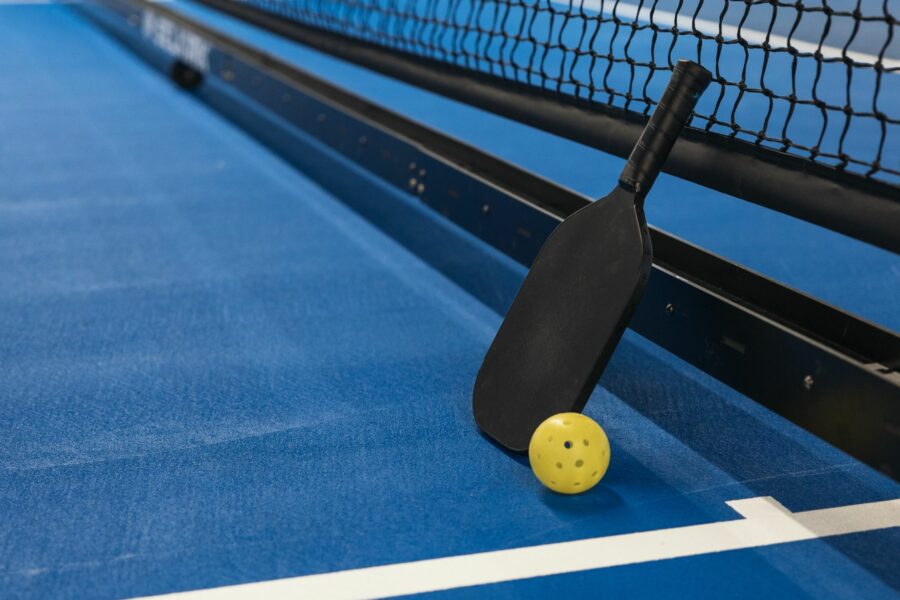It’s an exciting time in Sports Medicine because we have consistently improved treatments, such as platelet-rich plasma therapy. With the addition of musculoskeletal (MSK) Ultrasound, we can diagnose diseases and injuries of the musculoskeletal system, such as arthritis, tendon tears, tendinopathy, ligament tears, and nerve injuries. Moreover, we can use MSK ultrasound to inject PRP into those injuries accurately using ultrasound guidance.
When your accuracy improves, your efficacy improves.
Platelet plasma involves phlebotomy, or taking blood from the patient’s arm and spinning it in a centrifuge, with separation and concentration of the plasma from your red blood cells. Our PRP process endpoint equals a high concentration of platelet-rich plasma. For example, platelets help heal a cut on your arm. Not only do platelets have healing properties, they also recruit other cells to help with anti-inflammatory effects.
The high volume of blood equals the high concentration of the platelets.
The patient/consumer must be comfortable and confident with their treating physician. The osteopathic profession’s philosophy is about the body’s Inherent healing capability. PRP falls neatly into this philosophy.
Utilizing the high concentration of platelet-rich plasma and the very accurate musculoskeletal MSK ultrasound machine, we can pinpoint the location of the pathology within the joint or tendon. Using a needle, we perform these procedures in the office and use localized anesthetic to minimize discomfort.
Our primary goals are to improve function and promote tissue healing. This process is very safe, with a lower risk of complications than surgery, and the recovery time is much less than traditional surgery. The physical therapy and PRP rehabilitation also may not be consistent with some of the older conventional physical therapy protocols. Therefore, you must seek a physician with a very current understanding and significant past experience in these types of procedures to help guide you toward recovery.
We aim to help you improve your function, promote healing, and provide a better quality of life. We are excited and enthusiastic about our program and are happy to help you achieve your primary goals for the present and future.
Are you asking the right questions about PRP?
Things to ask before you get PRP:
How much blood should the doctor take?
The doctor should take at least 60mL of whole blood before creating the PRP; Less Blood = Less platelets.
Does the physician or clinic use Musculoskeletal Ultrasound (MSKUS)?
MSKUS is imperative to make sure you are getting the PRP exactly where you need it and avoid unnecessary complications
Is the physician using PRP “kits” or making their own?
If the doctor uses PRP kits (made by medical supply manufacturers), it is likely a much smaller concentration of platelets. Make sure the doctor or practice makes their own.
Another fact: If the doctor uses PRP kits, they can only technically make leukocyte-poor PRP, and you want leukocyte-rich PRP to inject into tendons and ligaments -another pitfall
Is a physician administering the injection?
A highly trained healthcare professional administering this injection therapy is even better if registered in MSKUS or “RMSK certified.”
In essence, it is crucial that when you get PRP, it is:
- Physician administered
- Made in the clinic without the use of kits
- Accurately administered with the use of MSK Ultrasound to guide the injection
Following the above advice will likely give you the most excellent chance at the best possible outcome!




